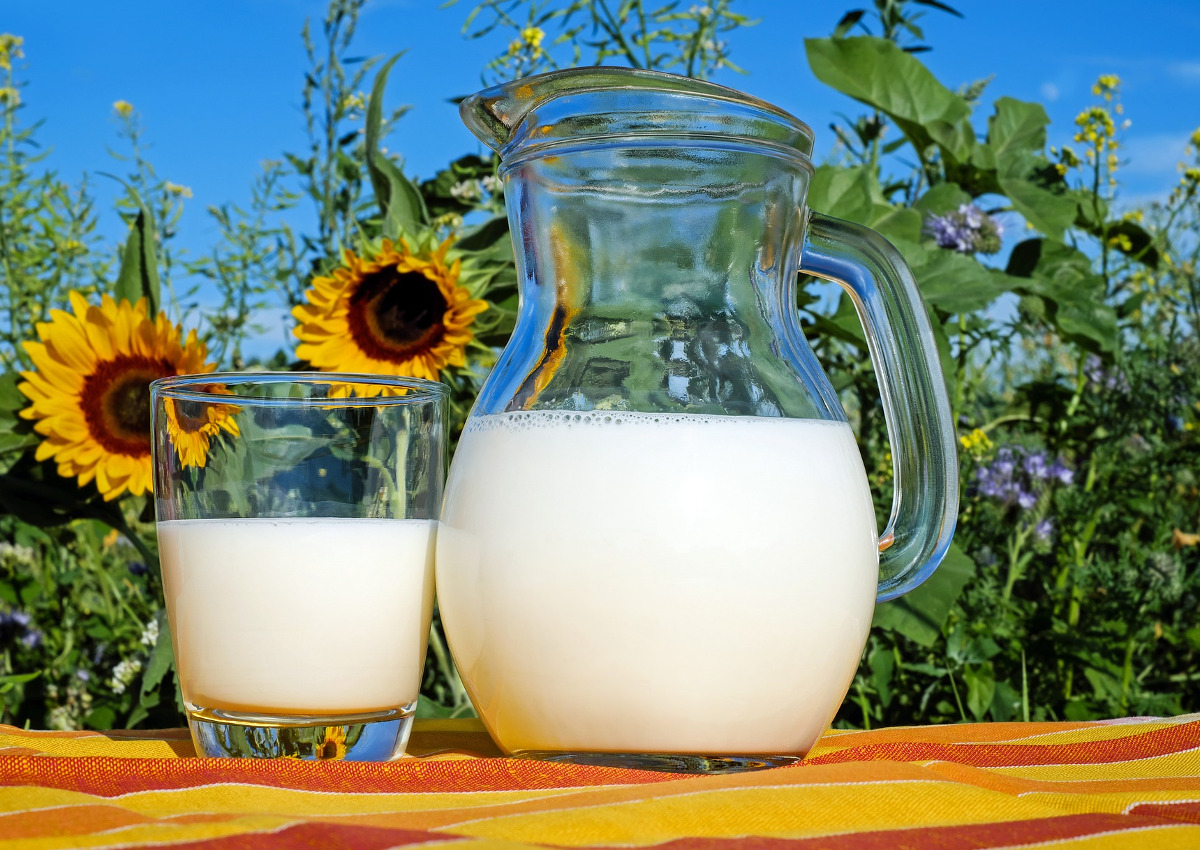
Increased purchasing power and westernization of local middle class lifestyles are among the main reasons for the growth in milk consumption in the Far East. On the other hand, several factors have an impact on the consumption’s decline in the West, starting with a greater demand for diets with lower fat consumption and a growing perception of lactose intolerances.
These are among the most significant data that will be presented on May 31st in Cremona, during an event promoted by the Italian Committee of the International Milk Federation – FIL/IDF, with the support of the Invernizzi Foundation and the collaboration of the Università Cattolica, in view of the World Milk Day.
MILK GLOBAL PRODUCTION AND CONSUMPTION
“Milk production and consumption divide the world in two – says Luciano Negri, President of the FIL-IDF Italy Committee -. Asia comes in the first place representing 30% of global production, followed by the EU countries (28%), North and Central America (18%), South America, Africa, and Oceania. The positive wave of consumption in the East is driven by China, whose imports of drinking milk from Italy increased by 47.8% (in 2018 compared to 2017), for a +35% growth rate.”
“According to FAO, more than 750 million people in the world are employed in milk production – says Lorenzo Morelli, Professor of Biology of Microorganisms and Director of the Department of Food Science and Technology at the Università Cattolica of Piacenza-Cremona – which reached 843 million tons in 2018, up 2.2% on 2017.”
THE DAIRY SECTOR IN ITALY
In addition to China, the whole of Asia is growing. South Korea, for example, is also experiencing a surge in Italian exports of drinking milk, with a growth of +88.9% in 2018. Exports are one of the key points for the Italian dairy sector, with an economic value of 3.1 billion euros, increasing by 3% on 2017. More than 40% of Italian production is destined to world markets. In 2018, exports of cheeses alone exceeded 418,000 tons, for a value of 2.7 billion euros.
The dairy sector ranks first in the global agri-food sector, with a turnover of 15.9 billion euros – 3 billion of which come from global exports. However, in 2018 the trend was negative and recorded a decrease of 3.8% in volume. In the last five years domestic purchases suffered a reduction of about 250 thousand tons. A decrease that is common to many European markets due to several factors, including fake news and anti-milk debates. Despite this downturn, Italy confirms its position as the world’s most important producer of PDO and PGI cheeses, with a production of over 530 thousand tonnes, which is more than double that of France.
THE ANTI-MILK MOVEMENT
One of the reasons that most affects the reduction of milk consumption, both in Italy and in the rest of the West, is the controversy arousing from the anti-milk debate, which is putting dairy products in a bad light. All this is affecting the public opinion from a nutritional, ethical and social point of view. North America, Europe, Oceania, Japan and South Africa are the most involved countries in this debate, while India, China, Chile and Argentina are not.
“The main factors that are driving the anti-milk controversy – Negri says – cover above all (for 60% of the total of consumers) issues related to health and nutrition, animal health and welfare, the use of antibiotics and hormones (17%), beliefs about the unsuitability of milk for human consumption (11%), and environmental sustainability (8%). Not to mention that the decline of milk consumption in the West is also caused by food changes, such as the stop of breakfast or the increased consumption of plant-based products.”
